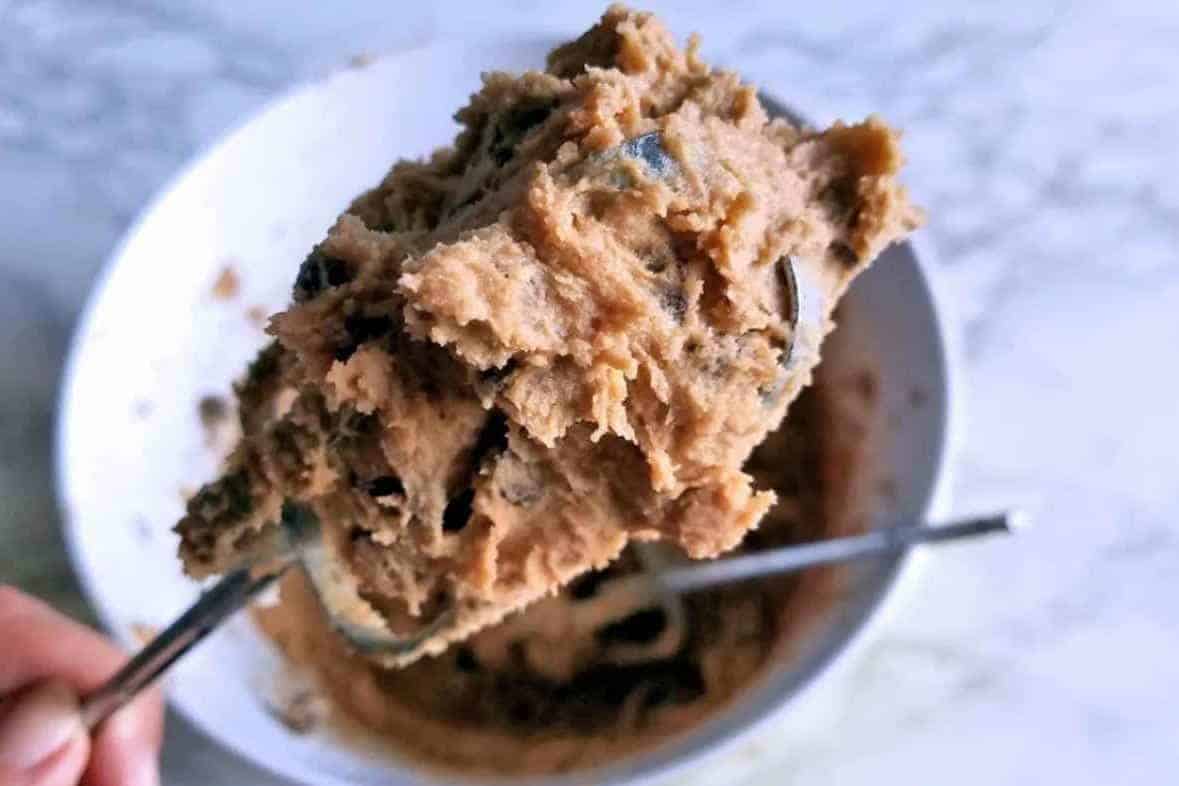Consuming raw cookie dough carries a risk of foodborne illness as it may harbor bacteria such as Salmonella. It is, therefore, imperative to be able to discern the condition of the dough prior to consumption.
Eating bad cookie dough can severely risk one’s health and induce symptoms such as nausea, vomiting, and abdominal distress. As such, identifying the signs of bad dough is of utmost importance in mitigating risks and ensuring the safety and quality of your cookies!
To this end, we present this blog post on “How to tell if cookie dough is bad?” wherein we count five indicators that your dough may be contaminated and should be discarded. Familiarizing yourself with these signs can go a long way in safeguarding your well-being and enhancing the taste of your baked goods.
How to tell if cookie dough is bad?
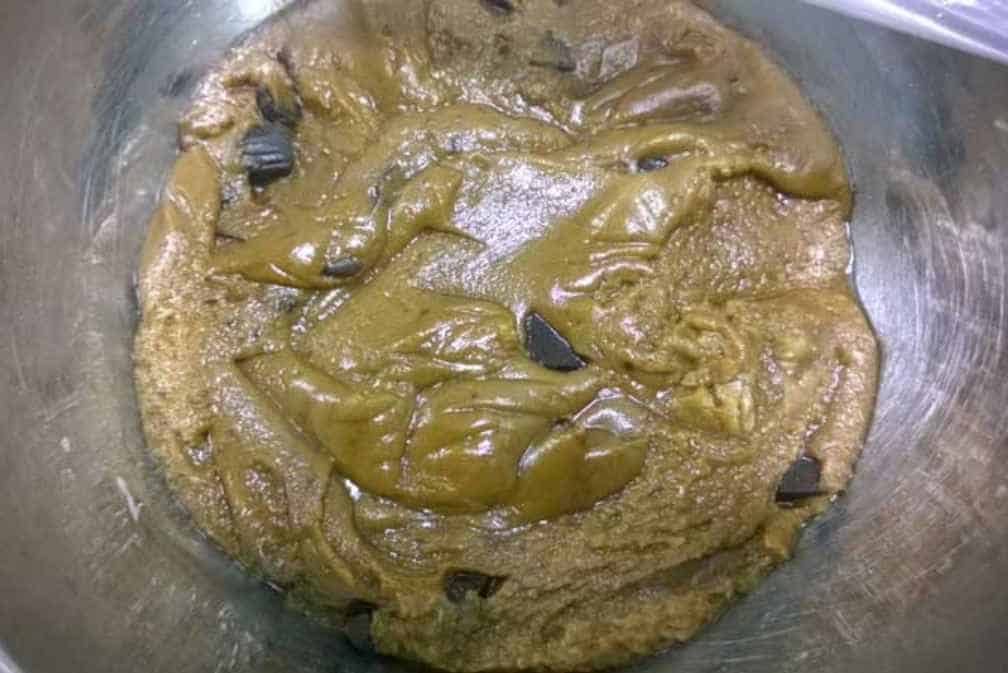
In general, there exist several ways to identify the spoilage of cookie dough. However, the following are the most prevalent indications of bad cookie dough:
- Unusual Texture – If the visual appearance of the cookie dough is slimy, sticky, or grainy, it is imperative that you must discard it. Remembering these characteristics will prevent you from consuming harmful dough that may endanger your health, so make sure to take notes.
- Strange Smell – The olfactory sense is the most common means of detecting spoiled dough. When you detect a putrid odor, it is crucial to discard the dough and avoid consumption.
- Mold – The presence of mold on the surface of your cookie dough necessitates immediate disposal, as it is a clear indication of spoilage and contamination.
- Expiration Date – It is essential to keep track of the creation and expiration dates of the dough. When the expiration date has passed, consuming the dough may be hazardous to your health.
- Time – If the cookie dough has been left at room temperature for an extended period, bacteria may proliferate, leading to the production of toxins that are harmful when ingested. Discarding such dough is imperative to prevent foodborne illness.
5 Signs That Your Cookie Dough Is Bad
1. Unusual Texture
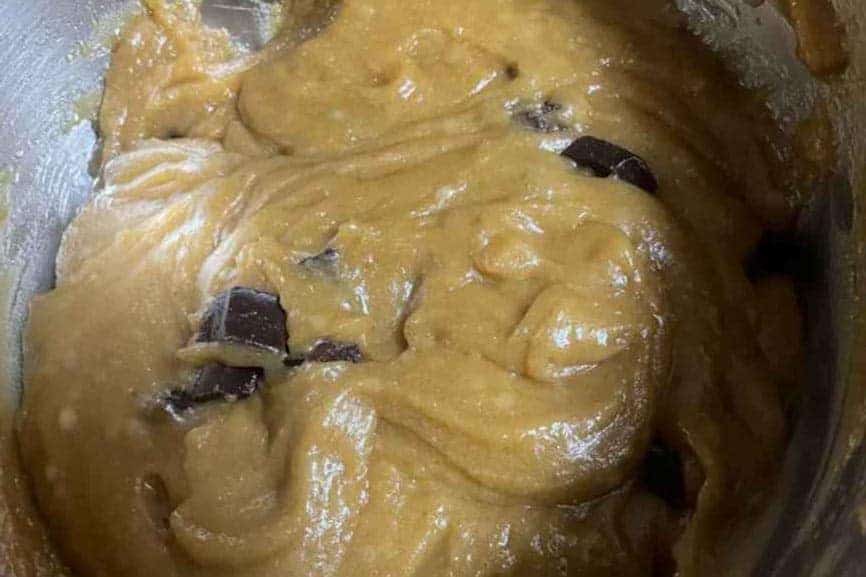
When creating cookie dough, the most important thing you should pay attention to is the dough’s texture. Mainly if the cookie dough appears to be slimy, grainy, or sticky; the main reason why the dough is like that is that the dough has gone wrong.
This unusual texture can be caused by many different factors, such as not storing the dough properly, it’s exposed to humidity or heat, or maybe it was contaminated by harmful bacteria. Having said, the slimy texture of cookie dough can be a sign of bacterial growth.
Bacteria can quickly grow and multiply if a dough is left at room temperature for how many hours, which leads to a slimy and stick texture of the dough. So does when the surface of the dough is grainy, it can indicate that some mold or bacteria has already formed in the dough, making it risky to eat.
The changes in the texture of the dough play a considerable role. However, it is essential to remember that the transformation of the dough may not always be visible to the naked eye, and it is reasonable for the cookie dough to be contaminated with harmful bacteria without showing any signs of spoilage.
2. Stange Smell
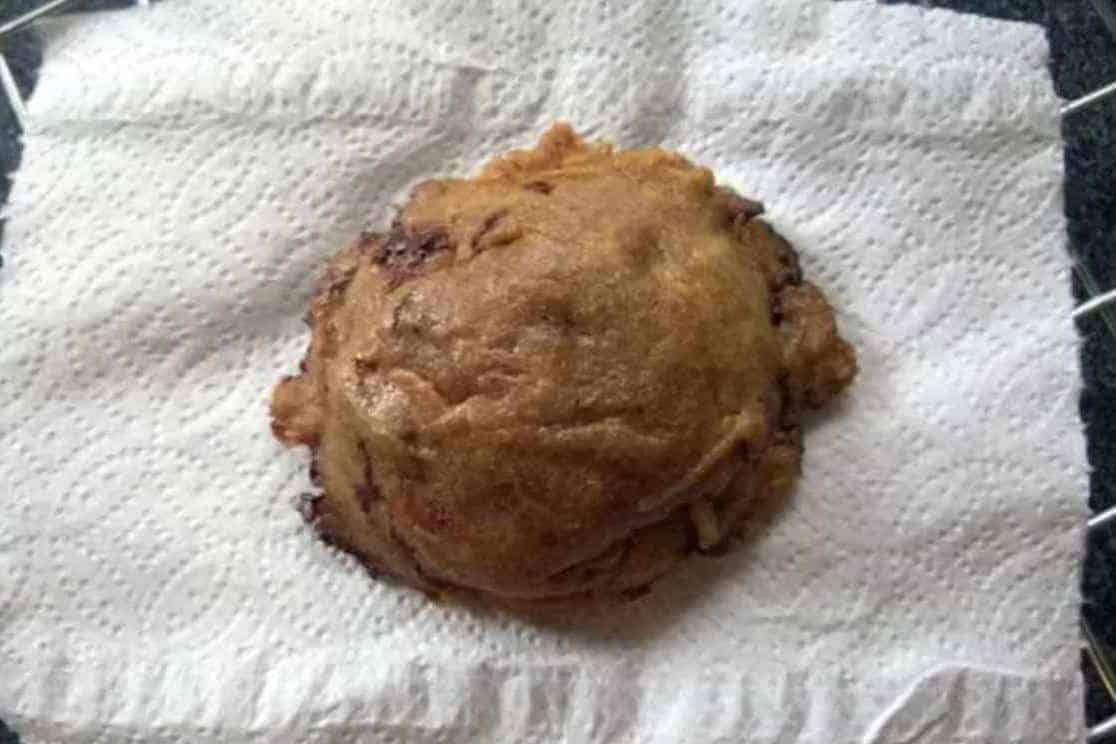
Assessing the freshness and safety of cookie dough is crucial. The olfactory sense can be a potent instrument to detect if the dough is safe for consumption.
If the cookie dough emits a strong and putrid scent, it could signify that the dough has deteriorated and is no longer fit for eating. There are several reasons why cookie dough can have a noxious odor.
For instance, leaving the dough in an overly warm room for a prolonged period can allow heat or moisture to permeate the dough, providing an ideal environment for bacterial growth, which can result in an overpowering, unpleasant smell.
Furthermore, storing the dough in a damp environment can foster the development of yeast or mold, leading to a rancid odor. However, it’s worth noting that not all offensive smells are easy to discern, and some may be indistinct from other aromas.
Therefore, detecting a sour or tangy smell may imply the presence of bacteria, while an earthy scent can indicate mold contamination. Additionally, some individuals may have a feeble sense of smell, making it arduous for them to discern whether the dough is spoilt or not.
3. Mold

Proceeding to sign number three, you should know, is the most famous sign that your cookie dough is terrible. Mold is a type of fungus that grows in a damp or humid environment–and can be harmful once consumed.
When it comes to cookie dough, mold is a serious problem since it can’t only ruin the taste and texture of your dough; however, it can also pose a significant threat to your health. Therefore, once you see a mold forming on your cookie dough, that’s a sign that you should throw the dough away.
Generally, mold usually grows on cookie dough for different reasons, such as the dough being exposed to moisture or being contaminated with spores from the environment.
There are cases in that molds can be seen above the dough as discolored or fuzzy, while in some cases; molds are not that visible on the surface since they grew inside the dough or in some areas that are not apparent.
Regardless of how it appears, it is essential to take mold seriously and take action in order to prevent its growth in your cookie dough. There are ways to prevent decay from growing; one of those is that you must store your cookie dough in a cool, dry place.
And once you notice a mold forming on your cookie dough, make sure you throw the dough away to discard it immediately and clean any utensils or surfaces that may have come into contact with the contaminated dough.
4. Expiration Date

When it comes to the expiration date, the safety and freshness of your cookie must be your prime concern. And in order to do that, you must pay close attention to the expiration dates since it’s crucial to know whether the dough is safe to consume.
You can determine the cookie dough expiration date through the manufacturer–based on its different factors, such as the components used, storage conditions, and shelf life. Over time, the quality and safety of your cookie dough can worsen if the product is exposed to heat or moisture.
Furthermore, if it is contaminated with harmful bacteria or degradation of ingredients, you must throw the dough immediately. As a result, it is very important to keep in mind that you must check the expiration date of the packaging of the product you’ll use before consuming the dough.
There are some cases that cookie dough can still be consumed and safe to eat even if the expiration date has passed–especially if it has been stored properly and doesn’t show any sign of spoilage.
However, if you still want to use an expired product, even if there’s no sign of spoilage, you should be very careful about checking the product thoroughly.
5. Leaving it a Room Temperature for too long
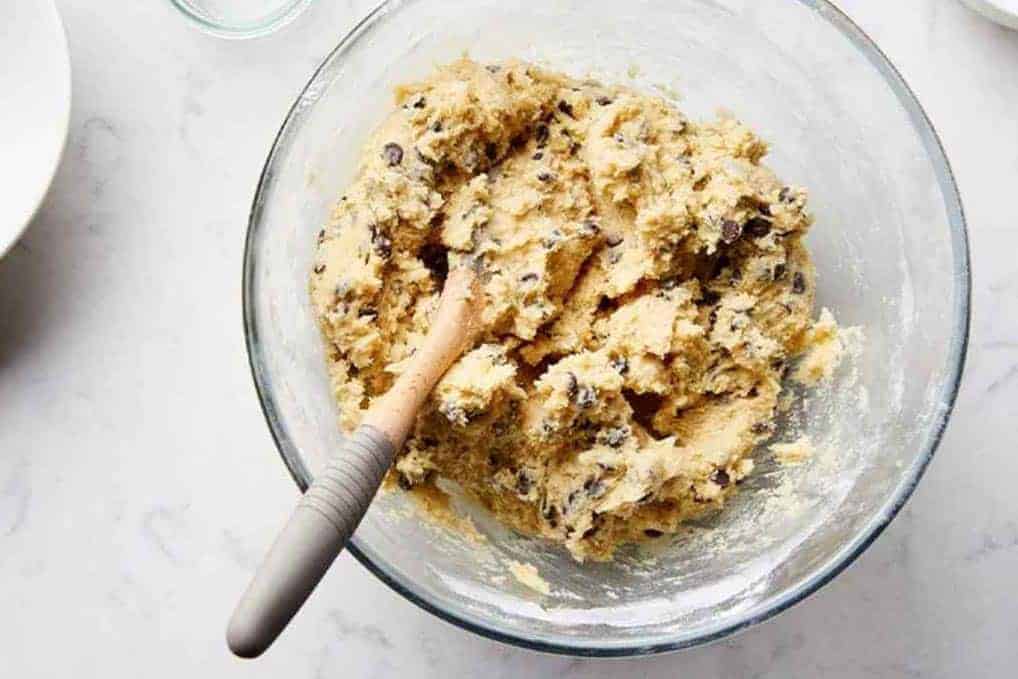
As we’ve been saying earlier, when you store the dough at room temperature for too long, it can make an environment that can help harmful bacteria to grow and multiply.
That being said, the dough is not safe to eat anymore since it was contaminated by bacteria that may risk your health and can lead to serious health problems. Bacterias usually live and thrive in a warm environment–making the dough a breeding ground when it is left at room temperature for how many hours.
The specific amount of time the cookie dough can be left out is one of the reasons why it’s not safe to consume the though anymore–but it still depends on the product you’re using.
The basic rule for your cookie dough to prevent any bacteria or molds from forming is to refrigerate it as soon as possible after it’s done being made.
Overall, time plays an important factor to consider when it comes to the safety of your cookie tough. By refrigerating the dough, it’ll be safe from any bacteria making your baked goods safe and very delicious.
You can see below the storing time of the cookie dough in the fridge and freezer–where in you can check this guide if you want to store your cookie dough when you don’t want them to use as soon as possible.
| Type of Cookie Dough | Storing Time in the Fridge | Storing Time in The Freezer |
| Home Made Cookie Dough | 2 to 4 Days | 1 month up to 3 months |
| Best Qualities Cookie Dough | Up to 2 Months | 3 Months up to 6 months |
| Small Amount of Cookie Dough | As needed | A week to up to a month |
Associated Risk of Bad Cookie Dough
As you can see below, is a table regarding bad cookie dough together with its associated risks. It is very important for you to remember that consuming bad cookie dough can result in a serious health risk that everyone should avoid.
Once your dough shows any of the signs that we’ve stated above, the best way is to err or throw your dough as soon as possible and discard it. However, storing and handling your cookie dough properly lessens the risk of bacterial growth and prevents the contamination of your dough.
| Signs of Bad Cookie Dough | Associated Risks |
| Unusual texture (slimy, sticky, or grainy) | May harbor harmful bacteria that can cause foodborne illness |
| Strange odor | This can indicate the presence of spoilage bacteria, which can cause illness |
| Presence of mold | It can produce toxins that are harmful when ingested |
| Passed expiration date | It may contain harmful bacteria and should be discarded |
| Left out at room temperature for too long | It can promote the growth of harmful bacteria, leading to foodborne illness |
Final Thoughts
In conclusion, consuming bad cookie dough can cause you major problems when it comes to your health. So, we’ve created this wonderful blog regarding “How to tell if your cookie dough is bad?” in order to prevent eating the dough once any of these signs show up in your cookie dough.
Therefore, if you notice any of these five signs, make sure that you throw away the dough and just create a new one! Good luck on your journey to creating safe-to-eat cookies!
